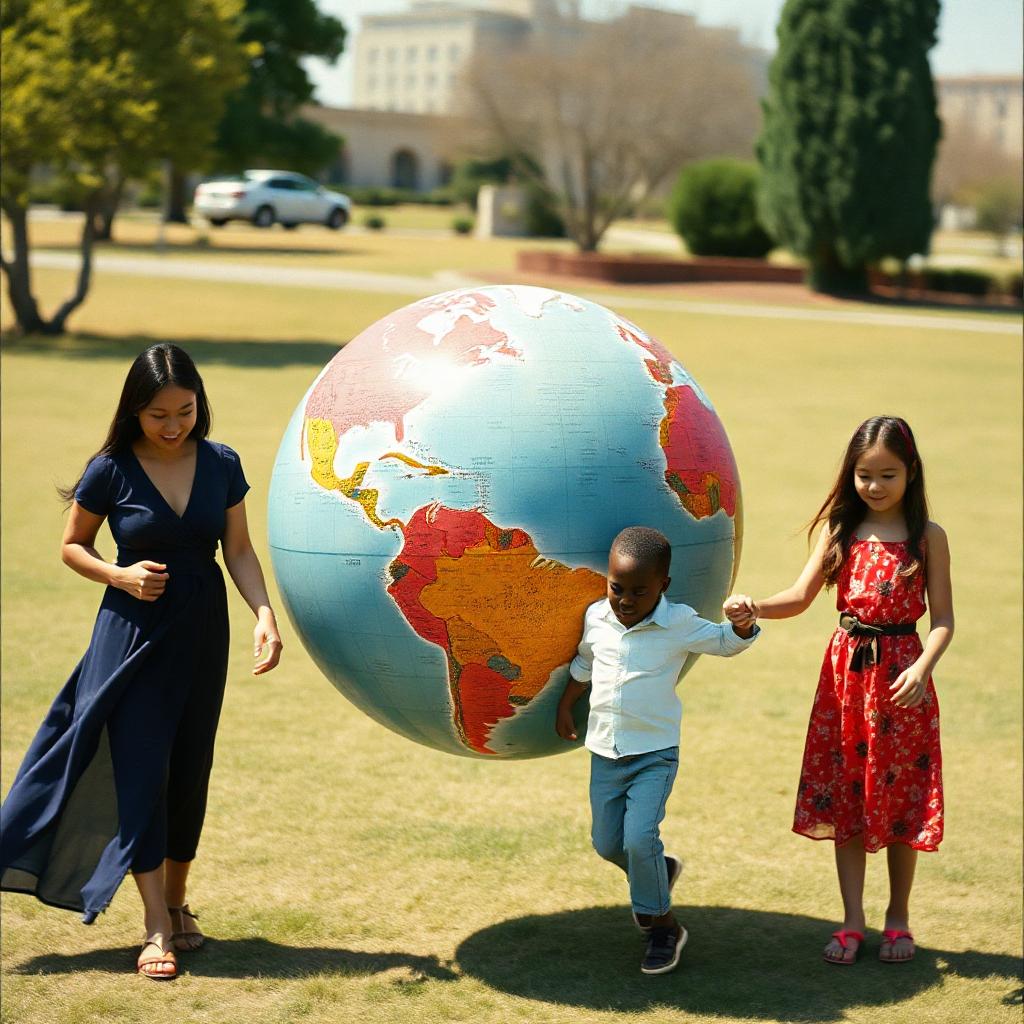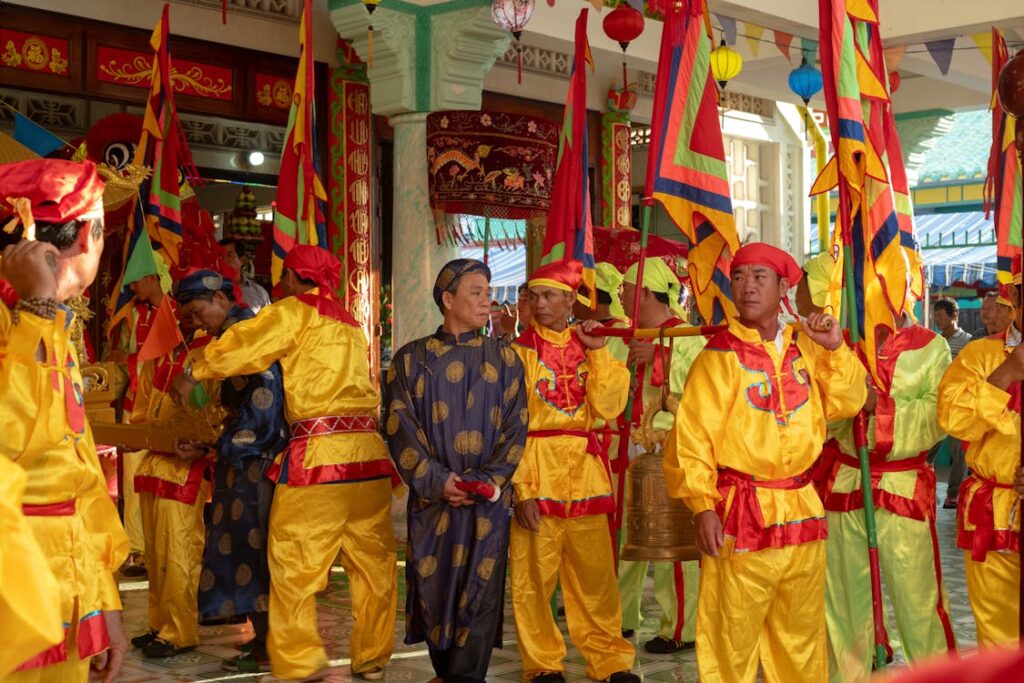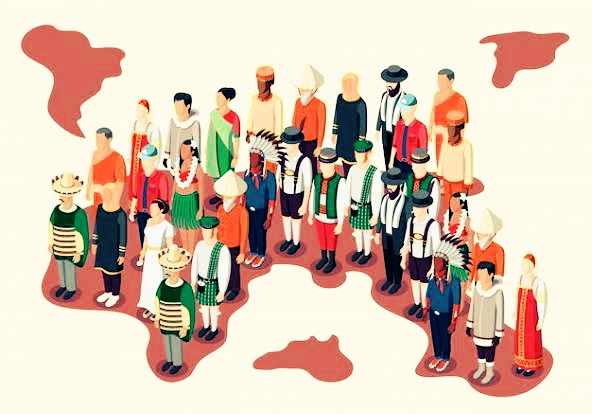
In an era where the world is more interconnected than ever before, the phenomenon of globalization has become a defining force in shaping contemporary society. While it has brought about remarkable advancements and opportunities, the impact of modernization on traditional societies is a complex and often contentious issue. This blog delves into the involved relationship between globalization and cultural change to investigate how the forces of modernization influence traditional ways of life.
Understanding Globalization
Globalization refers to the process by which businesses, cultures, and economies expand and integrate across borders, driven largely by advancements in technology, communication and transportation. This phenomenon enables the rapid exchange of ideas, goods and services leading to a more interconnected world. However, this interconnectedness often comes at a cost, particularly for traditional societies that have distinct cultural identities and practices.
The Double-Edged Sword of Modernization
Globalization driven by advancements in technology, communication and trade has created a global village where ideas, goods and cultural practices flow more freely across borders. This interconnectedness offers a wealth of benefits from economic growth and technological innovation to enhanced cross-cultural understanding. However, the same forces that bring these benefits can also disorder traditional ways of life.
1. Economic Opportunities and Challenges
One of the most significant impacts of globalization is the economic transformation of traditional societies. For many traditional societies, globalization introduces economic opportunities that were previously inaccessible. Small communities can now engage in global markets, attract tourism and leverage new technologies to improve their living standards. However, this economic shift often comes with cultural costs. Access to global markets can provide new opportunities for trade, investment and employment. For example, local artisans may find their crafts in demand worldwide leading to increased income and improved living standards.
However, this economic integration can also create challenges. Traditional industries may struggle to compete with mass-produced goods from larger corporations, leading to economic dependency and the potential loss of traditional crafts and practices. As local economies adapt to global demands, there is a risk of cultural homogenization, where unique cultural identities are diluted.
2. Cultural Exchange and Identity
Globalization fosters cultural exchange, allowing for the sharing of ideas, art, cuisine and traditions across borders. This exchange can enrich societies, introducing new perspectives and fostering understanding among diverse cultures. For instance, traditional music and dance forms may gain international recognition leading to a revival of interest within local communities.
Conversely, the influx of foreign cultural influences can challenge traditional identities. The prevalence of Western media, fashion and consumerism can overshadow local customs and values, leading to a generational divide where younger individuals gravitate towards global trends while older generations cling to traditional practices. This tension raises questions about cultural preservation and the future of identity in an increasingly globalized world.
3. Social Structures and Community Dynamics
Modernization often brings changes to social structures and community dynamics. Traditional societies are typically characterized by close-knit communities with strong familial ties and shared values. However, as globalization promotes individualism and mobility, these social fabrics can fray.
Urbanization is a common consequence of modernization as individuals migrate to cities in search of better economic opportunities. This shift can lead to the destruction of traditional social networks as people leave behind their communities and cultural practices. While urban settings may offer new experiences and opportunities, they can also result in feelings of alienation and disconnection from one’s cultural roots.
4. The Influence of Media and Technology
The rise of digital media and the internet has revolutionized the way people access information and communicate. Traditional societies are now exposed to a globalized culture through social media, films, music, and online platforms. While this exposure can foster cultural exchange and broaden perspectives, it can also lead to the erosion of traditional values and practices. The dominance of Western media, for example, often promotes consumerism and lifestyle choices that may conflict with local traditions.
Navigating the Path Forward
To address the challenges posed by globalization and modernization, it is essential to strike a balance between embracing change and preserving cultural heritage. Here are a few strategies that can help traditional societies navigate this complex landscape:
Cultural Education and Awareness: Promoting awareness of local customs and traditions through education can empower communities to appreciate their heritage while engaging with global influences.
Support for Local Economies: Encouraging the growth of local businesses and traditional crafts can help sustain cultural practices in the face of global competition. Initiatives that promote fair trade and ethical consumption can also bolster local economies.
Community Engagement: Fostering dialogue within communities about the impacts of globalization can help individuals articulate their values and priorities ensuring that cultural identities are preserved in the face of change.
Leveraging Technology: Technology can be a powerful tool for traditional societies to share their stories, art and practices with a global audience. By harnessing digital platforms, communities can showcase their heritage while simultaneously engaging with contemporary trends.
Conclusion
Globalization and modernization present both opportunities and challenges for traditional societies. As the world becomes more interconnected, the potential for cultural exchange and economic growth is immense. However, it is crucial to recognize the risks of cultural erosion and social fragmentation that accompany these changes. By embracing their rich heritage and adapting to new realities, traditional societies can navigate the complexities of globalization while preserving their unique identities for future generations. The journey forward is not about resisting change but rather about finding a harmonious balance that honors the past while embracing the future.










